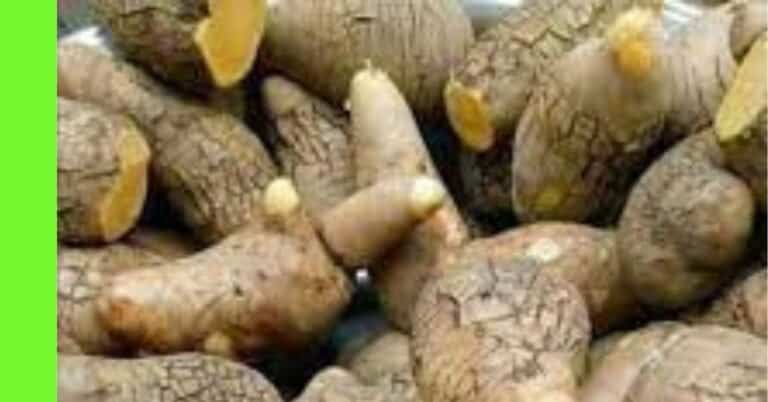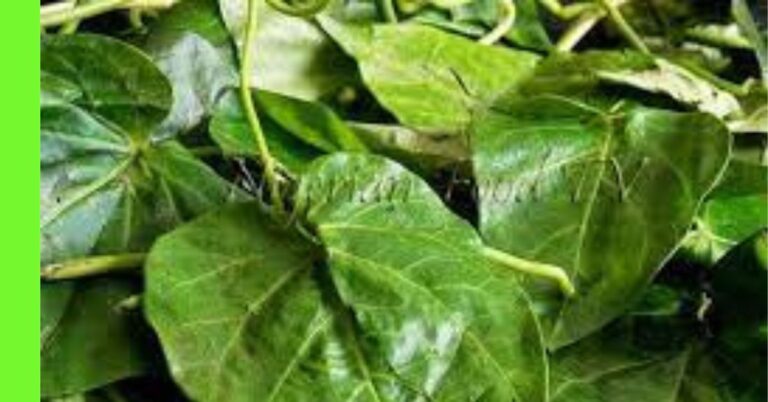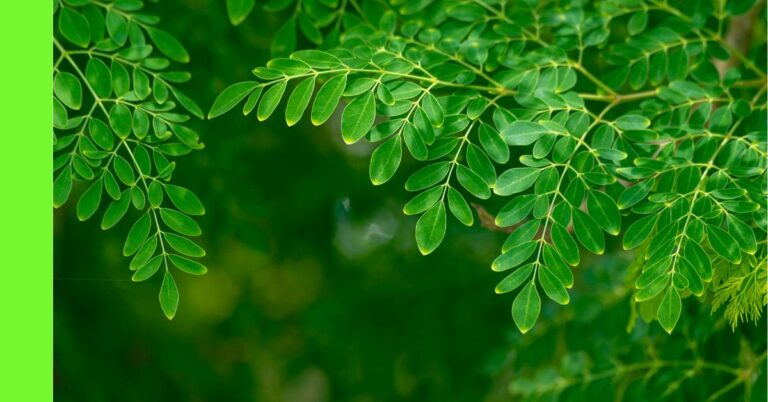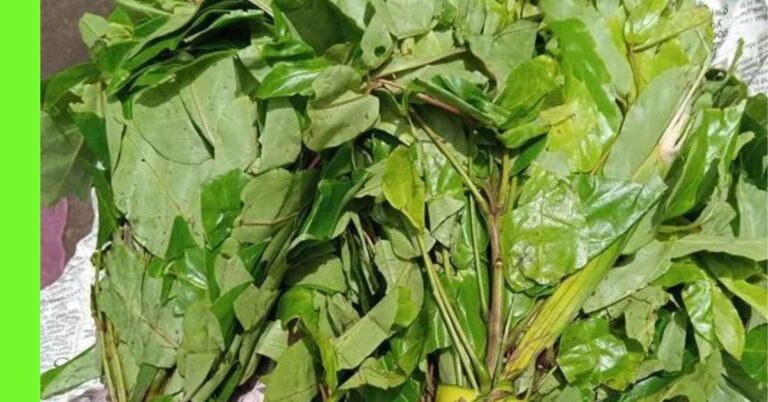Cassava Leaf: Simple Facts, Uses You Want To Know
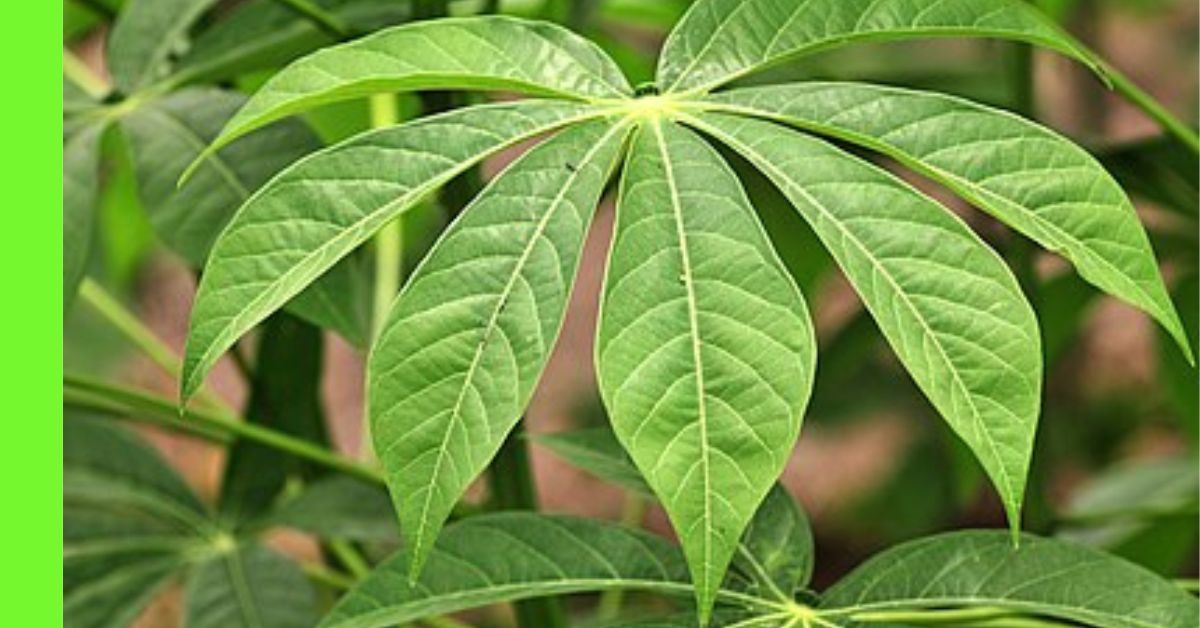
We are very conversant with cassava tuber,
Various cassava products are present in our homes.
But have you considered cassava leaves being of any importance?
In this article we’ll take a close look at cassava leaves.
Cassava is grown for its root tuber which is processed into various food products,
Such as Garri, Fufu, Cassava flour.
It’s also used in various industries as well.
In Nigeria it is uncommon to find the leaves of cassava used for food.
But did you know that cassava leaves are eaten in some countries in Africa, Asia and South America.
Fantastic to note that the leaves are very nutritious
And serve as a healthy vegetable in the region where they are used for food.
Some of this countries are
Africa
- Sierra Leone
- Congo
- Liberia
- Togo
Asia
- Indonesia,
- Malaysia and
- Philippines
South America
- Brazil
- Colombia
- Venezuela
Description of Cassava Leaf
Cassava leaves are green in colour attached to a green or red stem.
The cassava leaves are palmate (fan-shaped)
It’s divided into five to nine lobes
The number of lobe in cassava leaf is irregular and can range from five to nine lobe.
Mature leaves are hairless.
Several factors like the age, temperature, branching pattern affect the size of the leaf.
Nutritional Information of Cassava Leaf
100 g of boiled cassava leaves
| Calories | 31 kcal |
| Protein | 3.7 g |
| Ash | 0.4 g |
| Dietary fiber | 1.6 g |
| Carbohydrate | 4.8 g |
| Fat | 0.6 g |
| Calcium | 160 mg |
| Copper | 0.10 mg |
| Iron | 2.6 mg |
| Phosphorus | 50 mg |
| Potassium | 14 mg |
| Zinc | 2 mg |
| Niacin | 1.7 mg |
| Sodium | 13 mg |
| Vitamin B1 (Thiamin) | 0.02 mg |
| Vitamin B2 (Riboflavin) | 0.10 mg |
| Vitamin C | 34 mg |
| Beta carotene | 3,897 ug |
| Water | 90.5 g |
Source: m.andrafarm.com
Uses of Cassava Leaf
The cassava leaves can be used for the following purposes:
For Food
Cassava leaves are used for the preparation of stew, soup, snack and fillings.
This meal, which goes by many names depending on the country,
In Congo and Sierra Leone stew and soups are made with cassava leaves, it’s called “Pondu” or “Saka Saka”
The traditional method of making this soup is to boil cassava leaves with a variety of seasonings and spices, then add meats such beef, smoked fish, or chicken.
In Indonesia a meal called Gulai Daun Singkong (Cassava Leaves Curry) is made with cassava leaf
Other dishes are
- In malaysia “Sayur Daun Singkong “
- In philippine “Laing”
- In Brazil “feijoada” stew and Mocotó
- In colombia “sancocho” soup
- In Venezuela “guiso de pollo.”
Agricultural Uses
Cassava leaves are used to provide food and nutrition to farm animals.
Medicinal uses
Cassava leaves are utilized in traditional treatments and eaten as green vegetables.
Health Benefits
- Cassava leaves are good for your general health because they contain the same amount of vitamins as carrots.
- Cassava leaves contain a potent antioxidant called vitamin C, which may help stave off cancer, strokes, and cardiovascular disease. The mood, energy, and metabolism are also impacted by B vitamins.
- The lysine protein found in cassava leaves helps prevent kwashiorkor, a condition characterized by a deficiency of protein.
Side Effect of Cassava Leaf.
While cassava leaves are a valuable source of nutrients, they can also be toxic.
- The presence of Cyanogenic Glucosides causes cyanide poisoning, which can cause symptoms like headache, nausea, dizziness, diarrhea, and vomiting, sometimes even leading to death.
- The anti nutritional factors like tannins, polyphenols, and phytic acid that reduce nutrient bio availability, uptake, and digestibility.
- Depending on how the leaves are processed, they can have harmful consequences that are more or less severe.
How To Process Cassava Leaf For Food
The ways in which the cyanide in cassava is removed is by pounding or grinding, boiling and fermentation.
Cassava leaves should not be eaten raw
When preparing cassava leaf for food the leaf must be washed thoroughly and boiled.
The water from the boiled cassava leaf should be drained off.
The leaves are chopped or blended in recipes that call for that.
I hope this article was helpful, would you consider adding cassava leaves to your diet?




